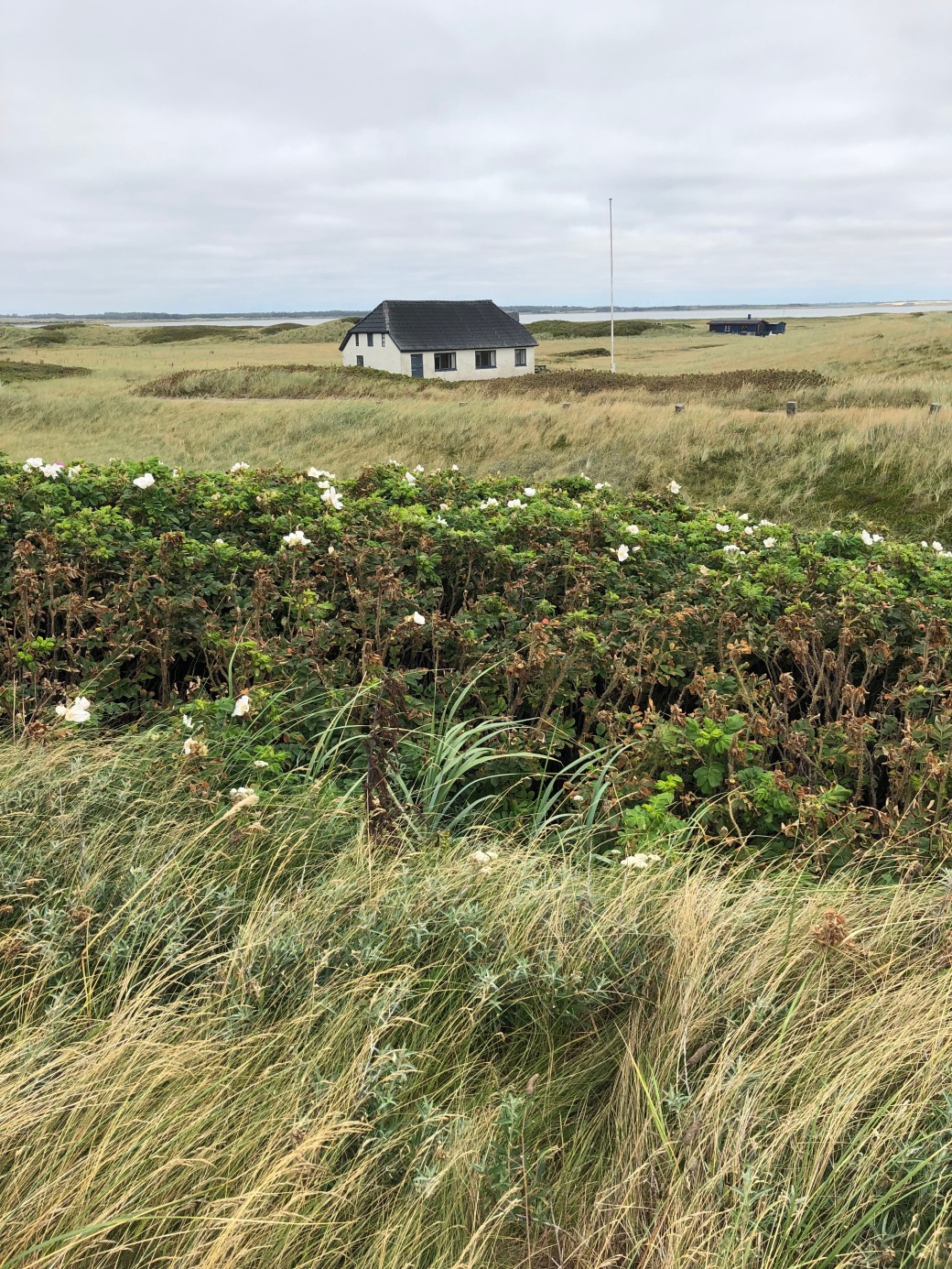We admired many beautiful landscapes during a fortnight roaming around Thy, in North-western Jutland. The coastal region is claimed to be the closest to a wilderness that can be found in Denmark, where the human imprint has shaped large tracts of the countryside. Indeed, the difference between the two words – wild and countryside – is indicative of the ”lie of the land” in this European periphery: although the sea encroaches and will no doubt do so more in the future as levels continue to rise, the strongest ”influencers” are the farmers, whose crops and cattle dominate the rolling hills in all directions.
Traditional discourse in the region distinguishes between the fishermen along the coast and the settled communities cultivating fields inland. However, both livelihoods have been drastically altered in the last 50 years or so. Industrial fishing and farming have taken over, such that beach landings and direct sales of small catches are increasingly unusual, while the low hills are dotted with abandoned sheds and other decaying buildings where livestock used to be housed. Farm concentration has resulted in a tiny proportion of Danes deriving their income directly from tilling the land and keeping animals, a trend that is evident in Thy.
The wind is a big stakeholder in the lives of the people resident in this region. It is a tough companion. Vegetation on the coastal sand dunes is under constant attack. Inland, hardier coniferous species in dense plantations provide protective barriers for rural communities. In recent years the coastal settlements have boomed as windsurfing has become increasingly popular, while another transformation has been ushered in through the renewable energy movement, resulting in a proliferation of huge windmills marching across the landscape. Only Don Quixote and Sancho Panza are missing from the stories of this electric adventure; indeed there were protests some years ago when several giant experimental wind turbines were set up at Østerild. But Thy has become a net exporter of power, so the prevailing west winds are wonderful too…
Creating a national park to ensure sustainable management of the natural resources of the region made a lot of sense. Nature is on display in an easily accessible manner with car parks, footpaths and viewing platforms at strategic locations. Some herds of deer, colonies of seals and flocks of migratory birds are amongst the highlights. In addition “rural revitalisers” are opening up their operations: selling eco-berries, lamb, leather goods, chicken and eggs, jams and liquors, etc., etc. Impacted by the influx of German, Norwegian and Danish tourists, the park is an impressive achievement.
 Near Agger with Fladsøen (the Flat Lake) in the background on a cloudy afternoon (there were some sunny days too…)
Near Agger with Fladsøen (the Flat Lake) in the background on a cloudy afternoon (there were some sunny days too…)
